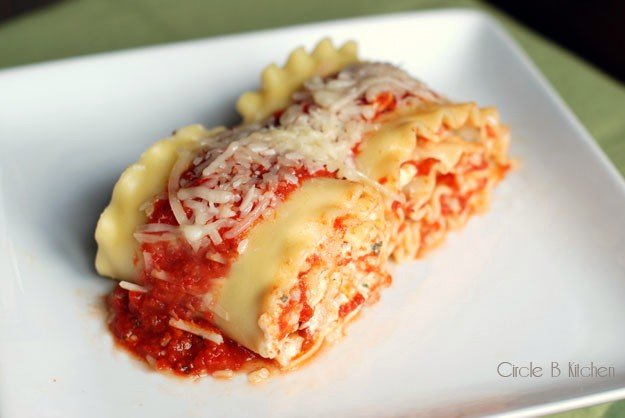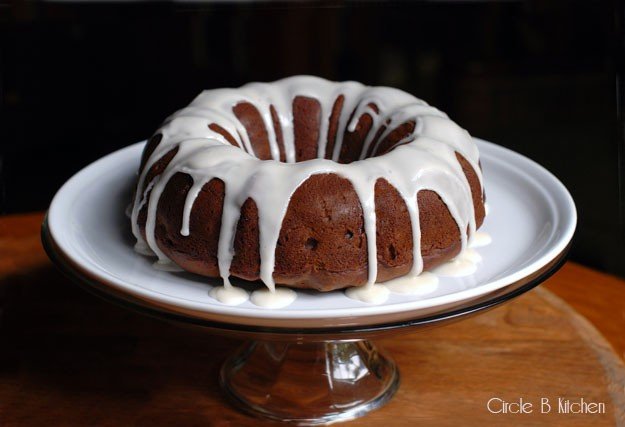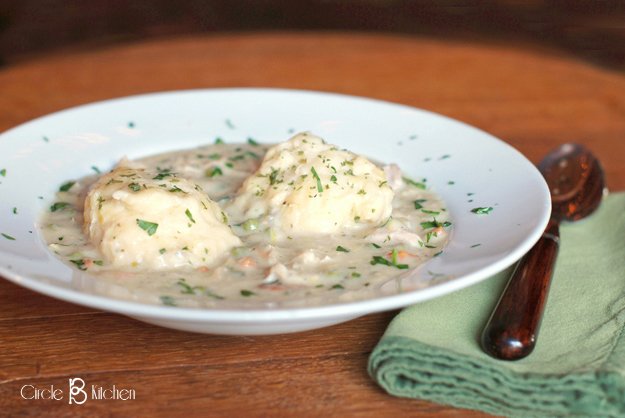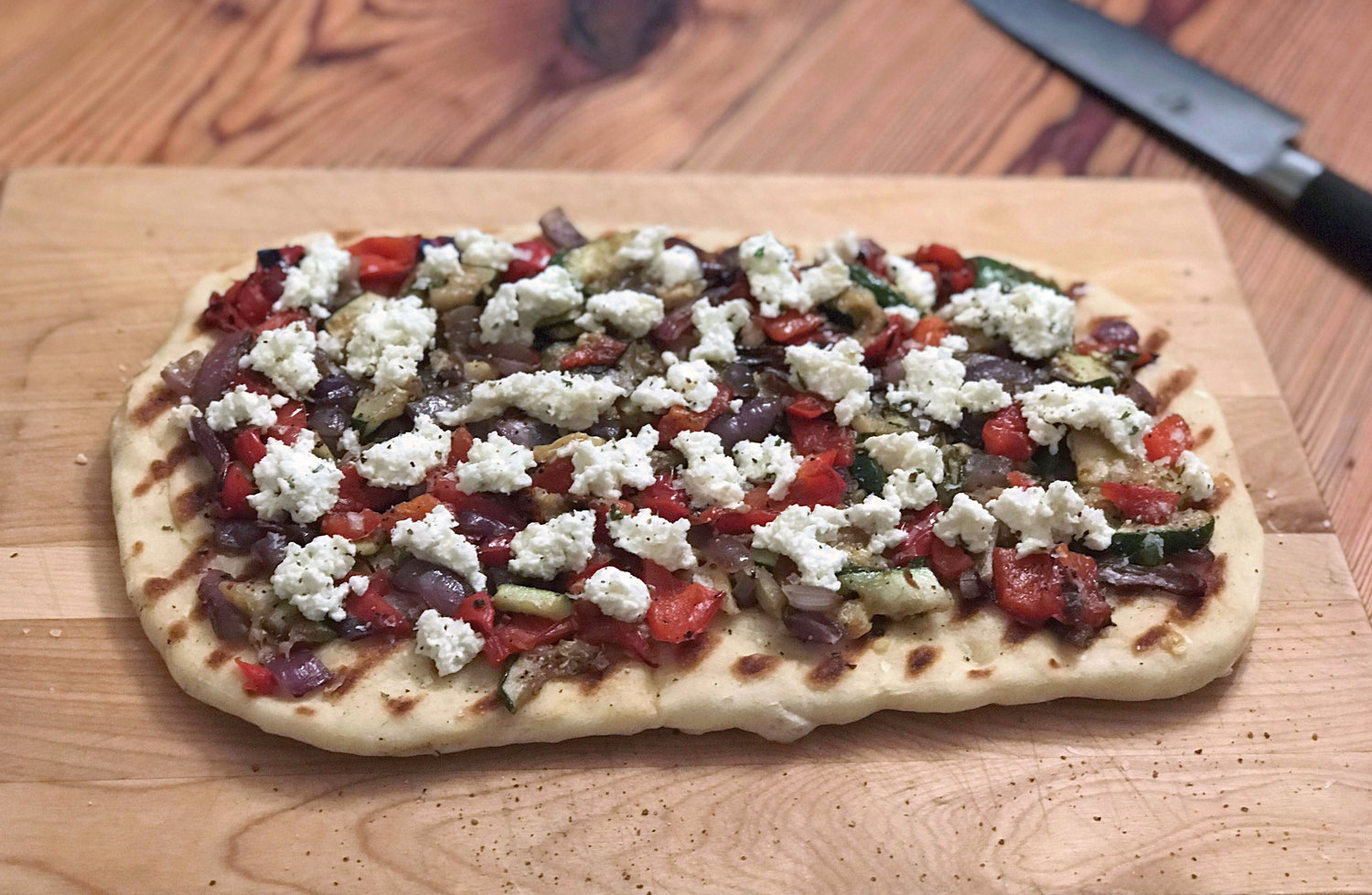English Muffins
/
So why on earth would you want to go to the trouble to make English muffins, when you can buy perfectly good ones without the hassle? I’m not really sure I can answer that question for you until you’ve tasted one that’s homemade, just off the griddle. The answer is in the crunchy, chewy texture and the almost-sourdough flavor that you just can’t find in one off the shelf.
I was pretty sure that a homemade English muffin was going to outshine a store-bought one, but that wasn’t actually the case in the early goings here. I was initially inspired to make these by a recipe in my copy of the Bread Baker’s Apprentice, but after trying that twice and being disappointed in the outcome exactly twice, I began to look elsewhere.
I finally landed on this recipe that was published in the Washington Post a while back, and, boy howdy, it’s a winner! I’ve made them 3 times, and each time I get consistent, delicious results. And they’re really not hard to make at all. The dough is really moist, which can be challenging to work with, but certainly not hard. The second time I made these, I resisted the temptation to flour the counter and my hands while kneading and was rewarded with an awesome chewiness and the cute little holes that you want in an English muffin. Less flour, wet dough = perfect English muffin.
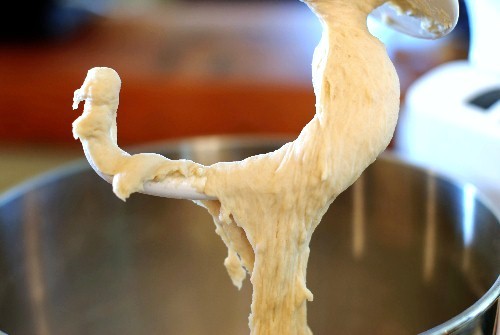
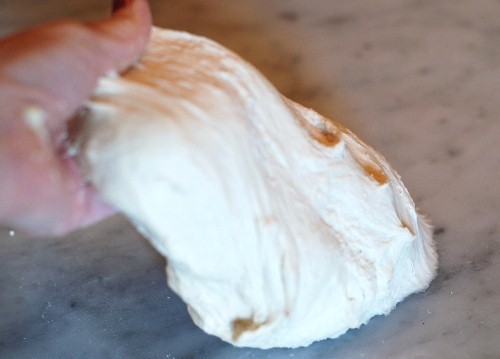
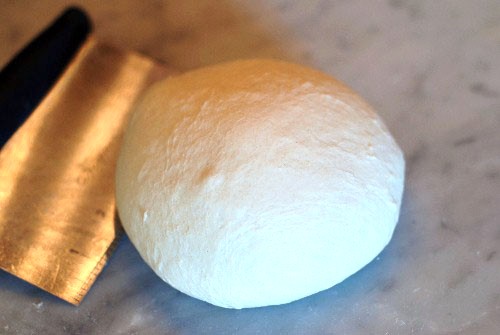
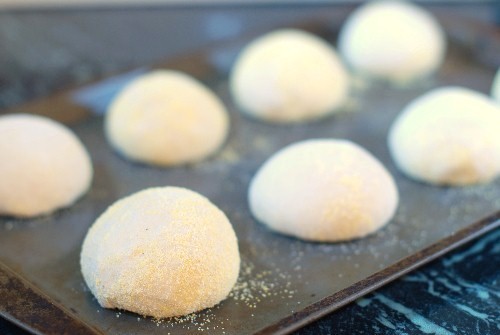
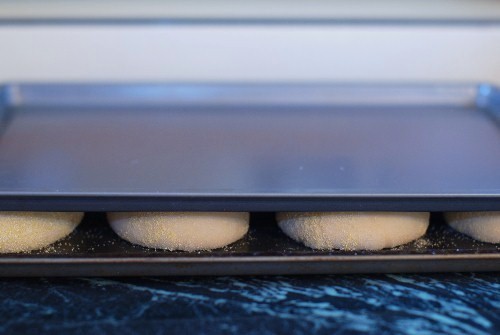
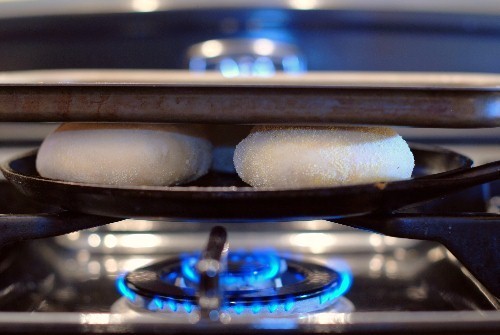
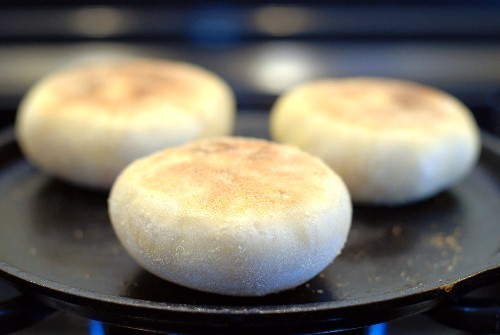
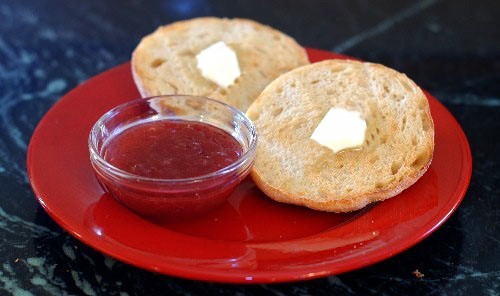
I must say that we have been surprised by how these little muffins have enriched our lives and enlivened our mornings here in the Circle B Kitchen. There’s no going back to store-bought around here. Just thought I’d share. Here’s the recipe…
Homemade English Muffins
For a printable recipe, click here
Adapted from a recipe in The Washington Post
Ingredients
2 teaspoons active dry yeast
1/2 teaspoon sugar
1 cup warm water (between 105 and 115 degrees)
1/2 cup warm milk (same temperature range as the water)
2 1/3 cups bread flour
2/3 cup all-purpose flour
1 teaspoon salt
Method
In a small bowl, place yeast, sugar and half the water. With a fork, whisk until yeast is dissolved and cover with a towel for at least five minutes. Mixture should start to foam. Add remaining water and milk and cover for another five minutes.
In a large bowl, combine flours and salt. Add in yeast mixture. With a rubber spatula or your hands (or with a dough hook in the bowl of a standing mixer), gently mix ingredients, until just combined. Pour onto lightly floured work surface and knead (press, fold and turn) for up to 8 minutes. Dough will be very soft, which is a good thing.
Place dough into a lightly greased bowl and cover with plastic and a tea towel. Allow to double in size, at least 90 minutes, or alternatively, overnight.
Turn the dough out of the bowl onto a lightly floured surface and gently deflate. Divide the dough into 8 equal pieces. Roll each piece into a ball and roll in cornmeal. Place on a baking sheet and top with a second baking sheet for a second rise, about 20 minutes (I let mine go 30).
When ready to cook, heat a griddle or cast-iron skillet over medium heat. Lightly grease with a little oil spray.
Allow to cook on first side for about 10 minutes (I set a baking sheet on top of the muffins to keep them from puffing up instead of out). The bottom should be dark golden brown. With tongs, turn onto second side and cook for about the same amount of time. Place cooked muffins in a tea towel to keep warm.
Open with a fork or serrated knife, and eat as is or toasted.
Freeze in an airtight zip-style bag for later use.
Update
on 2010-12-05 21:03 by Patrice Berry
Just wanted to mention that when I made the English Muffins this time I didn't put the cookie sheet on top of them when baking. They did puff up, but not overly so. I think they come out great both ways, so you can decide which way you might like them.











